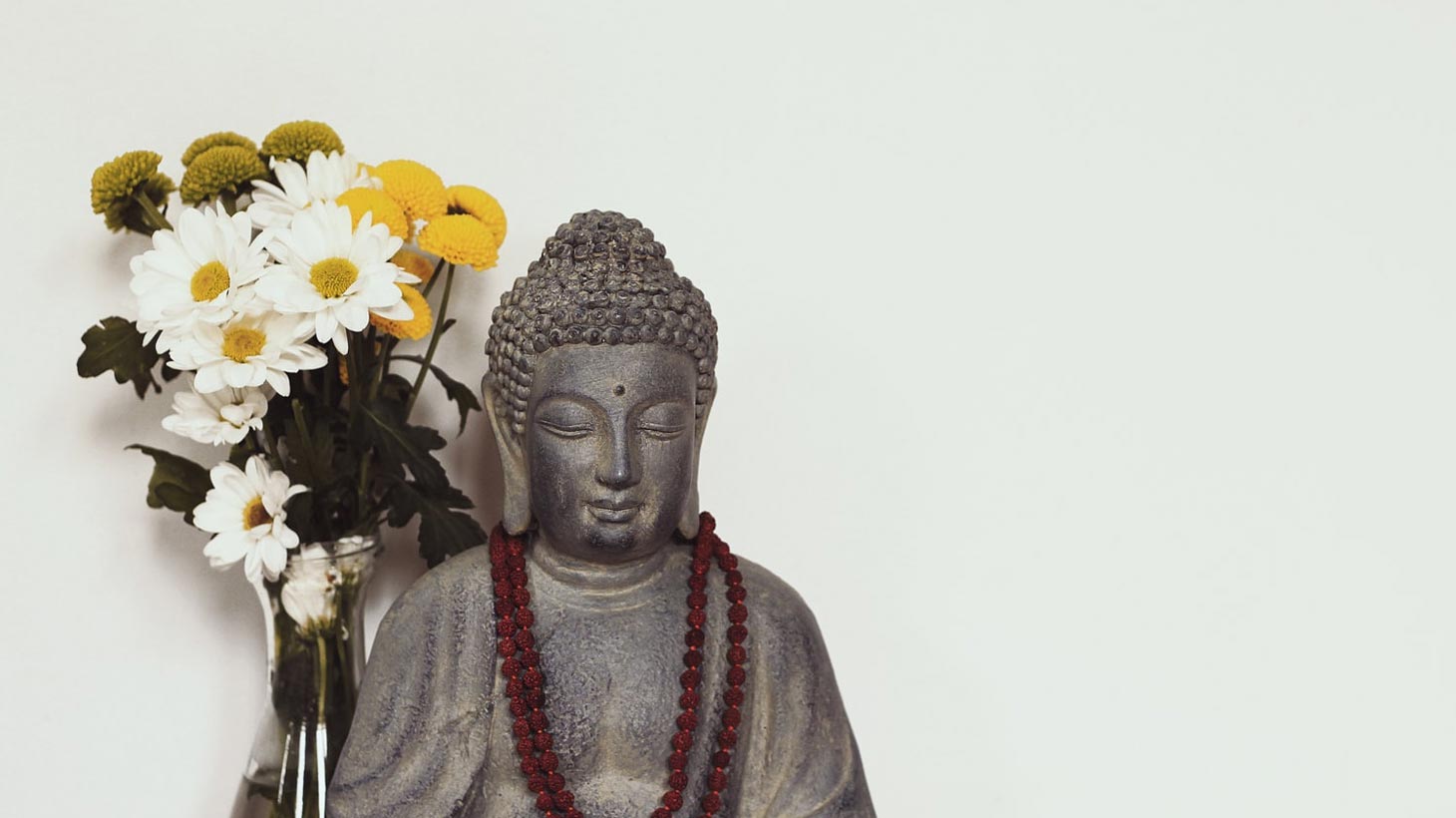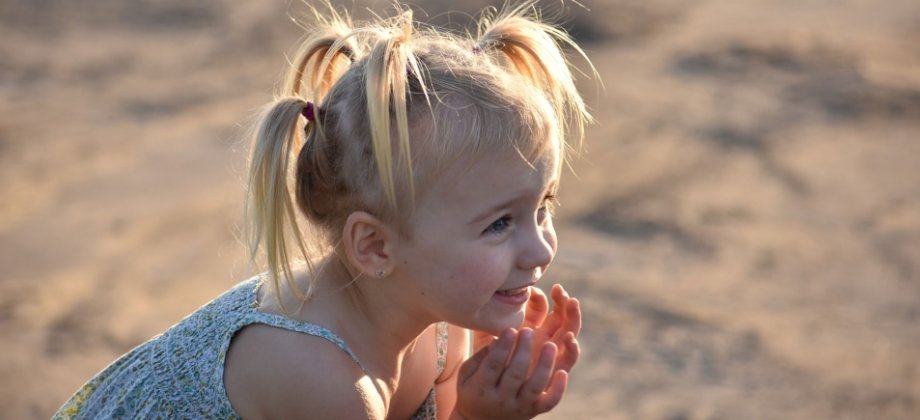
Taking a Trauma-Sensitive Approach to Teaching Yoga
Teaching yoga always has its surprises. You’ll never know when a student comes in after an accident, or another is going through something personal in their life. As custodians for our craft, more importantly, our students, it’s our job to facilitate their well-being—even if it is only for an hour. Hey, if psychologists can have breakthroughs with their clients in that amount of time then so can we.
Yoga recognizes trauma and has some parallel beliefs with western principles when dealing with an individual undergoing trauma.
Why do we need to take a trauma-sensitive approach to teaching yoga? For one thing, we will always have students that are in the process of overcoming a challenge. Unless we specifically target our classes to a certain group of individuals (e.g. athletes), we cannot guarantee that all the people that come through our classes have led a trauma-free life. In this article, we will discuss some concepts and I will provide you with some tools that might help you plan or proceed with your students.
Understanding trauma
In the book, Teaching Trauma-Sensitive Yoga: A Practical Guide, Brendon Abrams states that trauma is very subjective. It is an irregulation of the body and mind that varies with every individual. A person who lost a loved one or a person going through a divorce cannot be compared as to who is suffering a greater degree. They are suffering, period. When one comprehends and accepts this fact, then the Trauma-Sensitive Yoga (TSY) approach begins. Once your judgement stops, then a safe space is nurtured. This is essential for your students both undergoing trauma or otherwise.
Trauma treatment in western and yogic philosophy
Abrams also said that trauma is an aspect of life that bridges the gap between yogic philosophy and western clinical settings. It's interesting to see this parallel if only to better understand the clinical setting and yogic therapy. As we broaden our mental horizons as teachers, we realize that there’s never just one way to solve a problem.
Trauma-Sensitive Yoga Framework
The TSY framework is a guideline for creating a safe, nurturing environment for your students while they’re taking your classes. This way whether you provide private one-on-one classes with a student overcoming trauma, or a group class wherein you may or may not have students who suffer from a subclinical traumatic experience—subclinical meaning that you show signs of one or more trauma indicators but currently are undiagnosed, your classes reflect the TSY framework to have a more well-rounded class.
Guiding Principles
- Safe and supportive - the student/client has the right to control his or her body, predictability in the sequence, with options so that the student can choose the movement in which to proceed.
- Needs adaptive - TSY is based on the needs of the student, not the prescriptive method the teacher is otherwise used to
- Body-focused - Focus on the physical needs first, the connection of body movement to breath. The first step is to create body awareness
Core Elements
- Breath - to focus on the present moment
- Movement - Creating body-based sensation by creating shapes with your body
- Awareness - to find a connection between both breathwork and body movement
Technique
Using different methods to foster awareness
- Mindfulness-Based Stress Reduction
- Somatic Experiencing
- Yoga Nidra
Combining methods to foster improvement
- How you sequence your classes
- How you manage your private session
The process is the practice
Don’t have an ending objective, instead accept the outcome that happens at the end of the session
- Grounding - to place your student in the present moment
- Self-regulation - Guide your students into sensing themselves, physically and mentally
- Acceptance - Encourage the students that where they are is exactly where they should be
- Reconnection - Allow your clients to feel comfortable being themselves as they are in the moment.

Tools to apply in your classes
Here is a condensed version of the outline above. While most of the pointers in TSY are a guideline, Here are some suggestions that can be applied in your actual classes that take a more trauma-sensitive approach to teaching.
Safety
Provide a safe space for your clients both mentally and physically; no judgements, knowledgeability in your profession, and patience in the pace of your student. We want to create an environment where our students can rebuild themselves through yoga.
Awareness
Allow your students to feel their own body and realize that they have complete control over it. For example, when talking about entering a posture, guide them through the sensations that they may feel. Reassurance that the intensity of a pose is normal and explain why. Having a teacher who is knowledgeable in his/her craft puts your pupils at ease. The physical part of yoga isn’t just a workout but it is through body awareness that we tune in to finding peace of mind.
Acceptance
Encourage the fact that your students are exactly where they should be in the present moment. Making them feel that they are part of your community no matter their size, shape or level in their yoga practice allows each class participant to open up more, be more compassionate towards themselves. Why? Because we become examples or role models for our students. While this is a big responsibility, it is the reality of being a teacher.
How do these three suggestions apply to yoga classes?
Most classes have a combination of different techniques to cater to these 3 aspects. A pranayama and meditation practice to put us in the present moment, an asana with breathwork to create overall awareness and MBSR or Yoga Nidra techniques to relax us before or at the beginning of savasanah. This is why yoga is very effective for trauma survivors whether they are diagnosed or undiagnosed.
To sum up, let’s review the most important points that we have discussed. Trauma is a subjective event. Meaning that whatever the issue the student is dealing with, the pain is very real. We must respect that and help our student accordingly. To serve our students, we must realize that there is no cookie-cutter way of overcoming trauma. For this, we apply a needs-based form of treatment. This is where TSY comes in because yoga recognizes trauma and has some parallel beliefs with western principles when dealing with an individual undergoing trauma. The TSY framework consists of creating a safe environment that fosters mind-body connection so that the student with trauma can begin the healing process. Lastly, what we can apply as teachers in general for these types of students are to provide a safe and accepting environment that permit our pupils to rediscover themselves.






